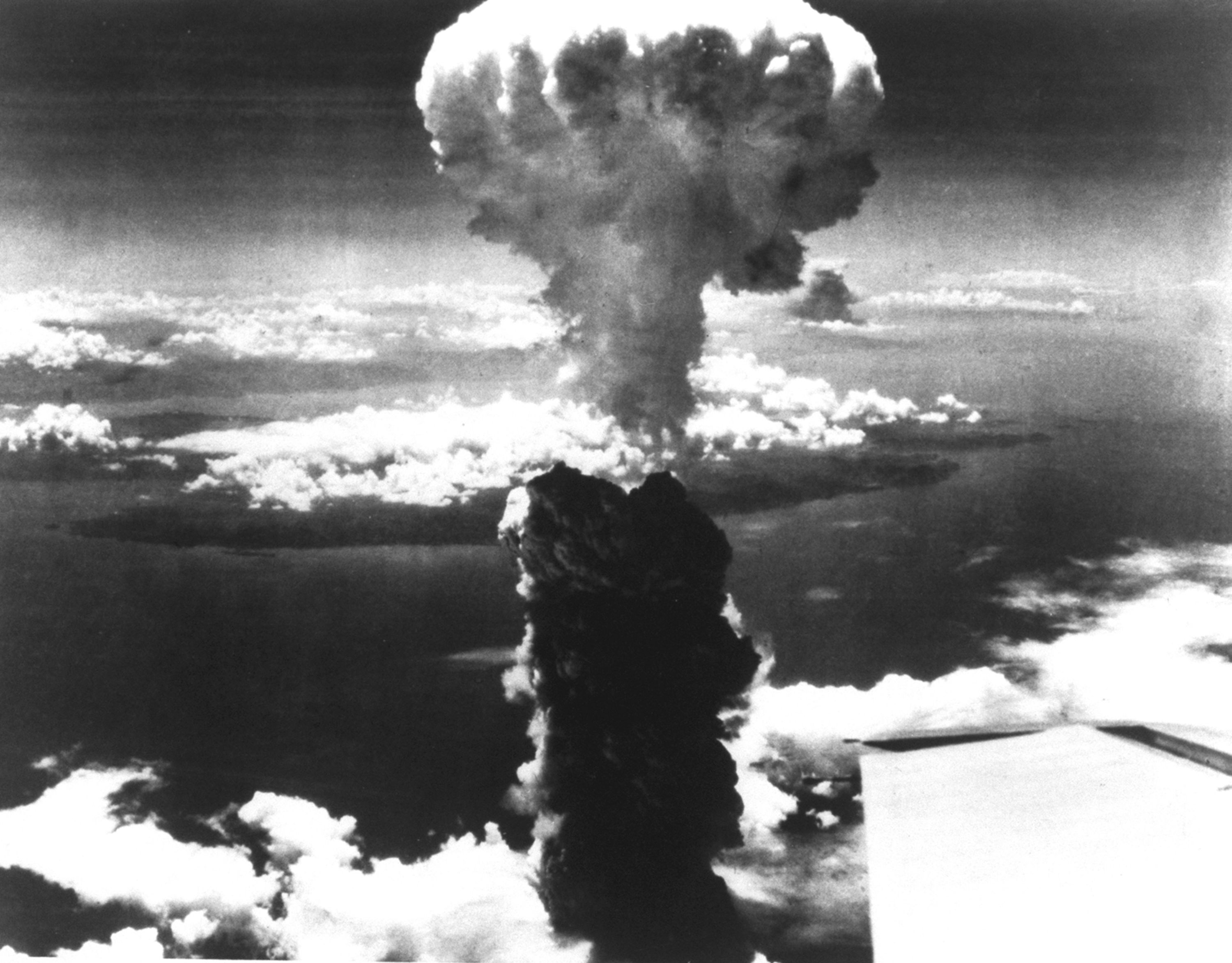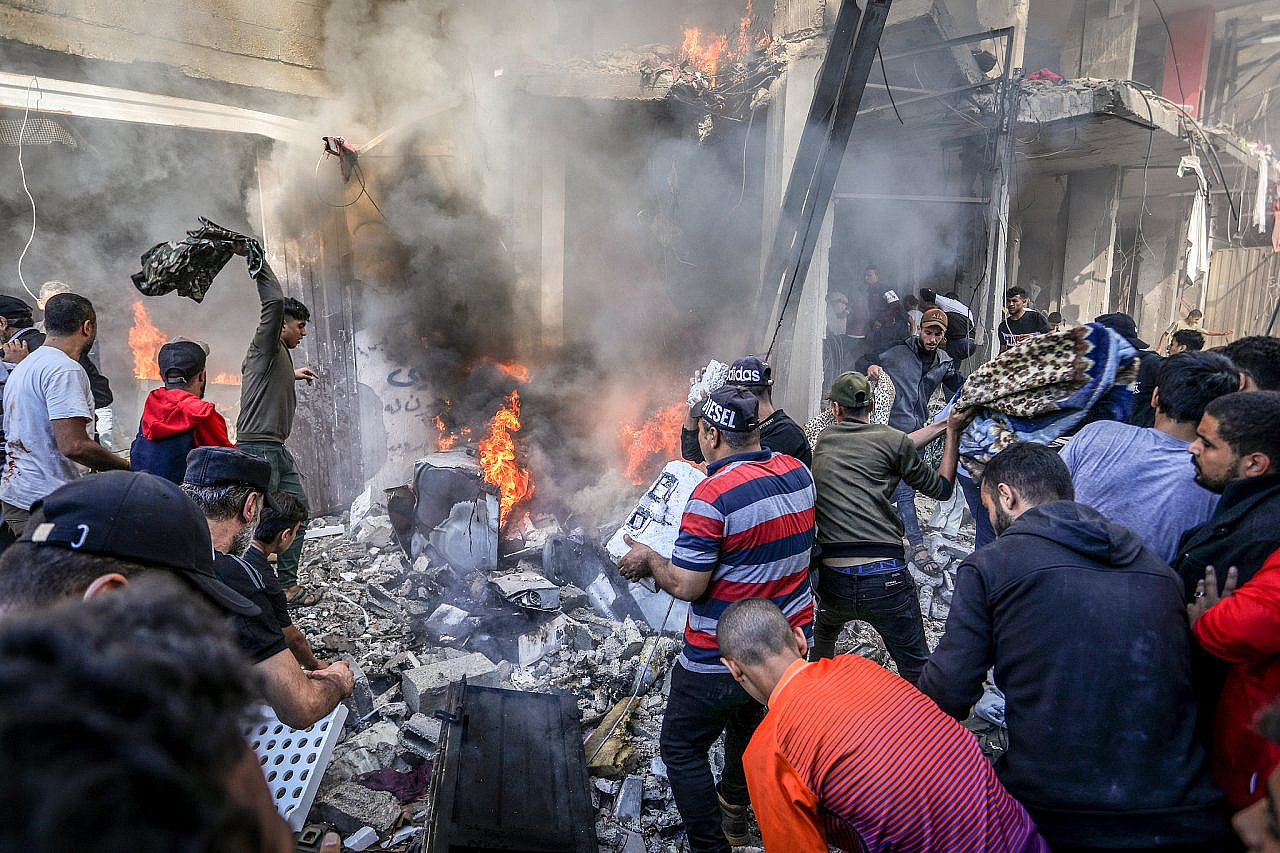 It is, especially for the Afghan people, a war without end, and one to add to their history of other fruitless conflicts. An Independent on Sunday assessment, using records kept by Professor Marc Herold of the University of New Hampshire and the UN, puts the civilians killed as a direct result of the war since 2001 at 13,746.
It is, especially for the Afghan people, a war without end, and one to add to their history of other fruitless conflicts. An Independent on Sunday assessment, using records kept by Professor Marc Herold of the University of New Hampshire and the UN, puts the civilians killed as a direct result of the war since 2001 at 13,746.
Last year, the toll of those who died directly or indirectly was estimated by another US academic to be as high as 32,000.
Meanwhile, the US continues to pile in troops. American strength stands at about 95,000, and by the end of August the figure is expected to swell to 100,000 – three times the number in early 2009.
As a result, US commanders have been stepping up the fight against the insurgents in their longtime strongholds such as the Arghandab Valley, Panjwaii and Zhari – all on the outskirts of Kandahar city, the biggest urban area in the ethnic Pashtun south, and the Taliban's spiritual birthplace, where support for the insurgency runs deep.
Yet, as the US and its allies step up pressure around Kandahar, Taliban resistance has also intensified in Helmand to the west and in Zabul to the east. And there were disconcerting scenes in Kabul on Friday. Police fired weapons into the air to disperse a crowd of angry Afghans who shouted "Death to America!", hurled stones and set fire to two vehicles after an SUV, driven by US contract employees, was involved in an accident that killed four Afghans.





 The United States will mark the 84th anniversary of the Japanese attack on the U.S. naval...
The United States will mark the 84th anniversary of the Japanese attack on the U.S. naval... On Monday, August 6, 1945, after six months of intense firebombing of 67 other Japanese cities,...
On Monday, August 6, 1945, after six months of intense firebombing of 67 other Japanese cities,...:focal(1285x1016:1286x1017)/https://tf-cmsv2-smithsonianmag-media.s3.amazonaws.com/filer_public/d1/4e/d14ed238-3b62-4506-9f53-fc2178dade60/nov2025_d17_prologue.jpg) In the fall of 1945, a bit more than six years after Nazi Germany invaded Poland...
In the fall of 1945, a bit more than six years after Nazi Germany invaded Poland... In 2021, a book titled “The Human-Machine Team: How to Create Synergy Between Human and Artificial...
In 2021, a book titled “The Human-Machine Team: How to Create Synergy Between Human and Artificial...






























